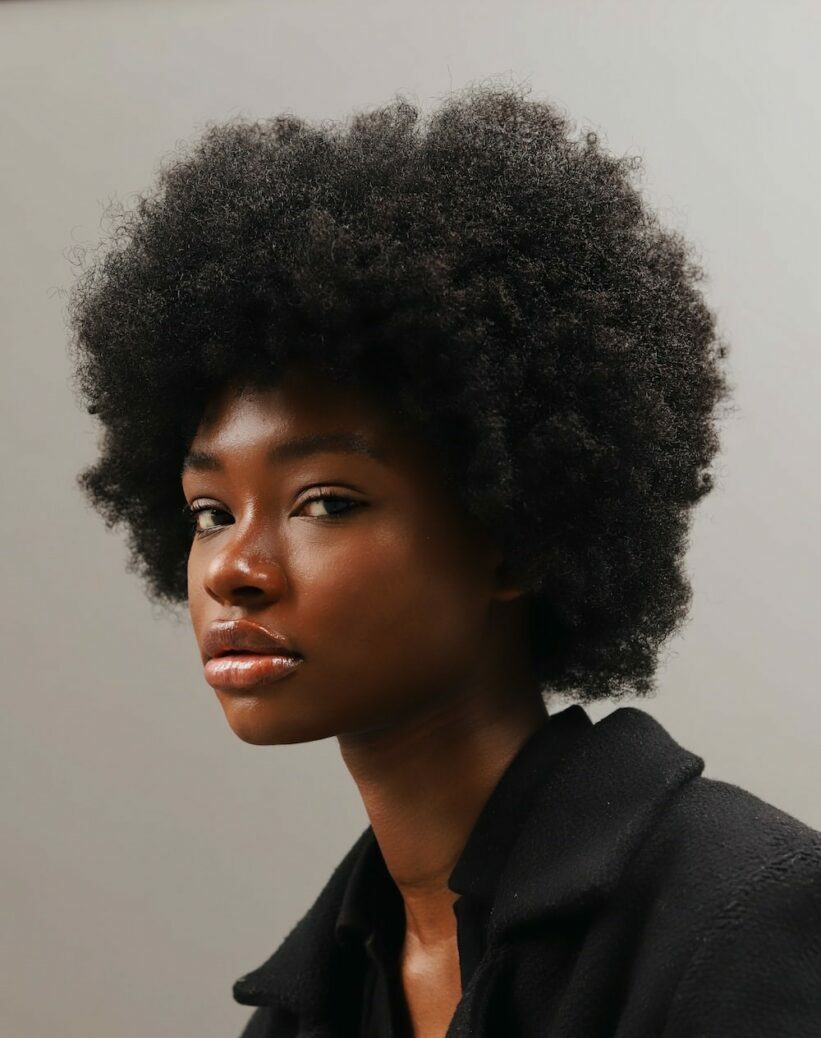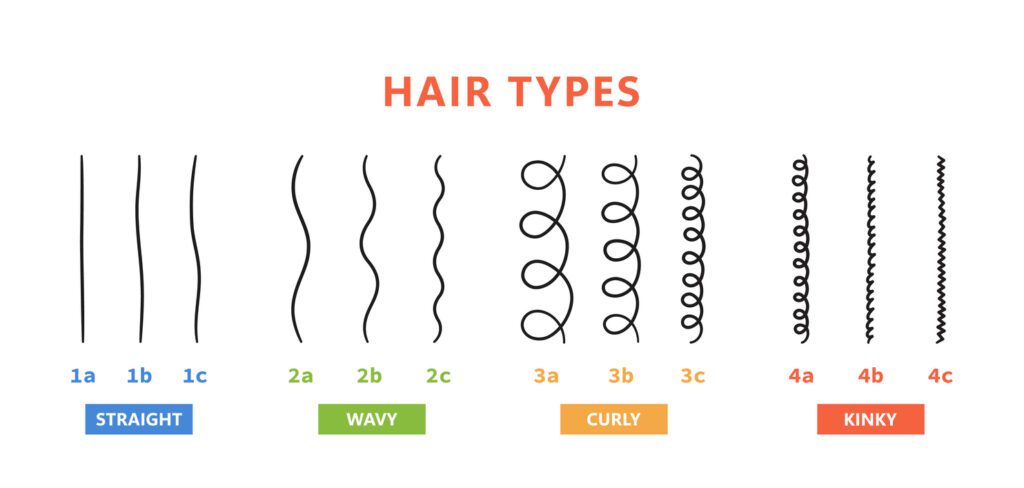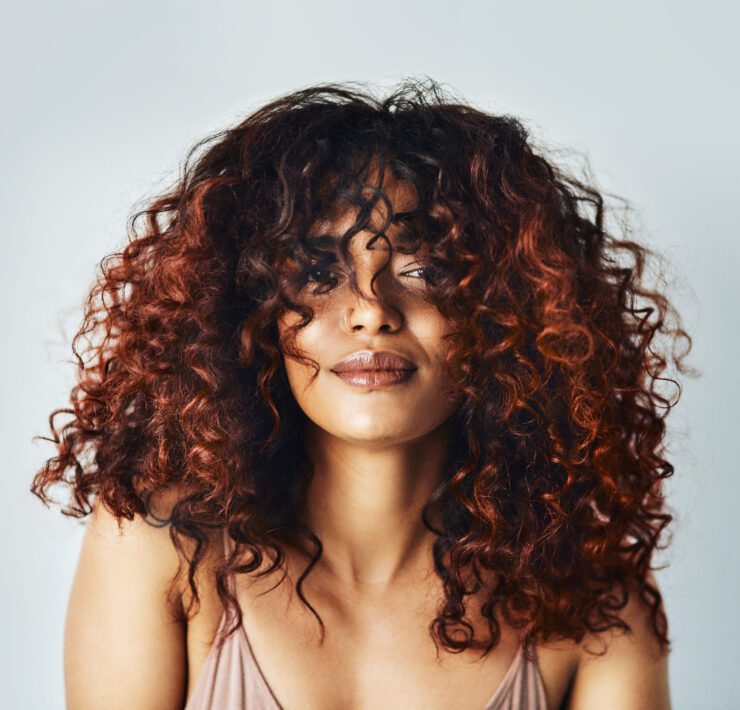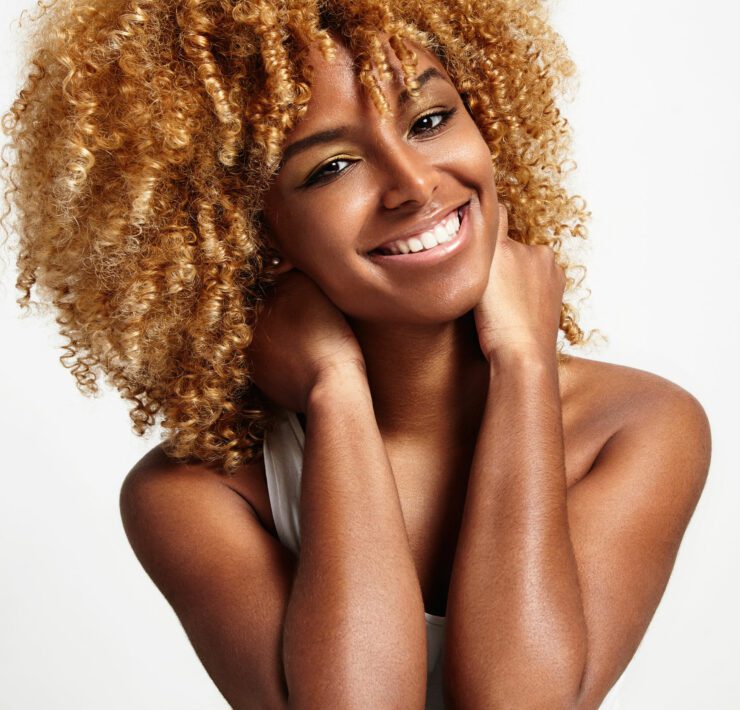
What is meant by caring for natural hair? Natural hair is not chemically altered or processed to change its texture, such as relaxing, perming, or straightening. It is a term commonly used to describe hair that grows in its natural state without the use of chemical treatments.
The historical context of natural hair is deeply rooted in cultural practices and identity. In various societies across continents, hair has served as a canvas for self-expression, symbolizing status, age, spirituality, and cultural belonging. Ancient civilizations like Egypt and West Africa had distinct hair traditions, with elaborate braiding and styling integral to their cultural heritage. However, colonization and Eurocentric beauty standards imposed the belief that natural hair was inferior, leading to the widespread use of relaxers and straighteners to conform to societal expectations.
The art of natural hair is deeply intertwined with self-love and empowerment. For many individuals, embracing and caring for their natural hair is a journey of self-discovery and acceptance.
Texture Variations
Natural hair textures can be categorized based on the curl pattern. The most used classification system is the Andre Walker Hair Typing System, which divides natural hair into four main types:

- Type 1: Straight hair with no curl pattern
- Type 2: Wavy hair with gentle “S” or “C” shaped waves
- Type 3: Curly hair with well-defined, spiral-shaped curls
- Type 4: Kinky hair with tightly coiled and zigzag-like patterns
Each hair type is further divided into subtypes (A, B, and C) to specify the intensity of the curl pattern.
Characteristics
Natural hair is known for its versatility, resilience, and ability to hold various styles. Caring for natural hair can seem challenging. Natural hair can be less porous than chemically treated hair, which means it can’t lose moisture quickly and allows for less absorption of conditioning products. The unique structure of natural hair also makes it prone to shrinkage, where the hair appears shorter than its actual length when dry due to the tight curl pattern. Natural hair is also more prone to tangling, and caring for natural hair requires gentle handling and detangling techniques.

Protect and Nourish Natural Hair
Natural hair requires special care to maintain its health, strength, and luster. Whether you have curly, kinky, or wavy hair, adopting a protective hair care routine is essential to preserve its natural beauty and prevent damage.
- Deep Conditioning and Protein Treatments
- Deep conditioners penetrate the hair shaft, nourishing and repairing it from within. Aim to deep condition at least once a week, focusing on the ends where the hair is most prone to damage. Additionally, consider incorporating some protein into your routine every 4-6 weeks to strengthen the hair strands and prevent breakage. (*Affiliate links.*)
Almond Milk Ultra-Nourishing Hair Mask – Carol’s Daughter
Heavy Conditioner – PATTERN by Tracee Ellis Ross
Honey Miracle Hair Mask Deep Conditioner – tgin
- Protective Hairstyles
- Protective hairstyles are vital in safeguarding natural hair from environmental damage and manipulation. Options like braids and twists shield the ends of your hair, minimizing the risk of split ends and breakage. Remember to avoid hairstyles that put excessive tension on your hair or scalp.
- Nighttime Hair Care
- Protect your natural hair while sleeping by using a satin or silk pillowcase. These materials minimize friction, preventing hair breakage and tangling. Alternatively, you can wrap your hair in a satin lined bonnet or silk scarf before bedtime.
- Regular Trims
- Even with the utmost care, natural hair may develop split ends over time. Regular trims every 6-8 weeks help to eliminate split ends and promote overall hair health. Trimming is essential to maintain the shape of your curls and prevent split ends from traveling up the hair shaft.
- Proper Detangling Techniques
- When detangling your natural hair, use a wide-tooth comb or your fingers to work through knots and tangles gently. Start from the tips and work up to the roots to minimize breakage. Apply a detangling or water-based leave-in conditioner to make the process smoother.
Dyeing Natural Hair
Adding color to your natural hair can be a thrilling way to express your personality, but it comes with a responsibility to protect your hair’s health.
- Begin with a well-nourished base and deep condition your hair before dyeing to strengthen it against potential damage.
- Opt for hair dyes specifically formulated for natural hair. Avoid harsh chemicals that can strip your hair of moisture and compromise its integrity.
- Test a small strand of hair before applying color to your entire head. This precautionary step helps you predict the outcome and assess any adverse reactions.
- Once you’ve achieved your desired shade, maintain its vibrancy with sulfate-free shampoos and color-preserving conditioners.
Texturizing Natural Hair
Texturizing natural hair is a technique that can offer more manageability and versatility to your curls while loosening your curl pattern. It is essential to approach this process with knowledge and caution, as texturizing involves chemicals that alter your hair’s protein bonds.
Texturizers are chemical formulations crafted to modify the protein bonds in your hair, resulting in a permanent change to its texture. While some products claim to be “natural texturizers” and tout the ability to increase hair manageability, it is essential to remain vigilant. Many of these products contain active ingredients like those found in relaxers, albeit in lower concentrations.
Heat Styling Natural Hair
Heat styling offers endless styling possibilities, but it also poses risks to your hair’s health.
- Always apply a heat protectant spray before using any heat-styling tools. The heat protectant creates a barrier against potential damage.
- Infrequent heat styling is vital to preventing damage. Allow your hair ample time to recover between styling sessions.
- Opt for low to medium heat settings on your styling tools. Excessive heat can lead to irreparable damage.
- Regular deep conditioning treatments rejuvenate your hair, helping it bounce back from the effects of heat styling.
Natural Hair Styles
- Wash and Go
- A wash and go is a simple and popular styling option for natural curls. After washing and conditioning your hair, apply a curl-defining product, such as a curl cream or gel, and let your curls air dry. This style enhances the natural curl pattern, resulting in a low-maintenance and effortless look.
- Twist-Outs and Braid-Outs
- Twist-outs and braid-outs are two classic styles that create defined curls and waves. After washing and moisturizing, twist or braid sections of your hair and allow them to dry. When you unravel the twists or braids, you’ll have beautifully defined curls or waves.
- Flexi Rods or Curl formers
- For those looking to achieve more uniform curls, flexi rods or curl formers can be used. Wrap sections of damp hair around the rods or curl formers and allow them to dry. Once you remove the rods, you’ll have well-defined curls.
- Half-Up Half-Down
- This style combines the elegance of wearing your hair down with the practicality of a half-up hairstyle. Gather the top half of your hair into a ponytail or bun while leaving the rest down.
The Natural Hair Movement
The Natural Hair Movement emerged as a transformative force in the beauty industry. Encouraged by social media platforms and online communities, women and men have embraced, and caring for their natural curls, coils, and waves, challenging conventional beauty norms. The movement empowers individuals to reject harmful chemicals and embrace their authentic selves. It has fostered a sense of community, providing a platform for sharing experiences, stories, and styling tips. The Natural Hair Movement is not solely about caring for natural hair; it symbolizes empowerment, self-acceptance, and the celebration of cultural pride. It has had a far-reaching impact, promoting diversity, inclusion, and representation in beauty standards.
The CROWN Act
The CROWN Act stands for “Create a Respectful and Open World for Natural Hair” and is a robust legislation combating hair discrimination faced by people of color, especially black people. It protects against biased treatment in public schools, workplaces, and public spaces due to hair texture or natural hairstyles like afros, braids, twists, bantu knots, and locs. The Act promotes inclusivity and cultural pride, breaking down stereotypes and fostering a respectful environment.
It was signed into law on July 3, 2019, and since then, it has been enacted in 20 states.

For the best tips on caring for natural hair under a wig, read THIS.
Check out all our Ultimate Guides in the SHOP. Or subscribe now to access ALL of the guides.






